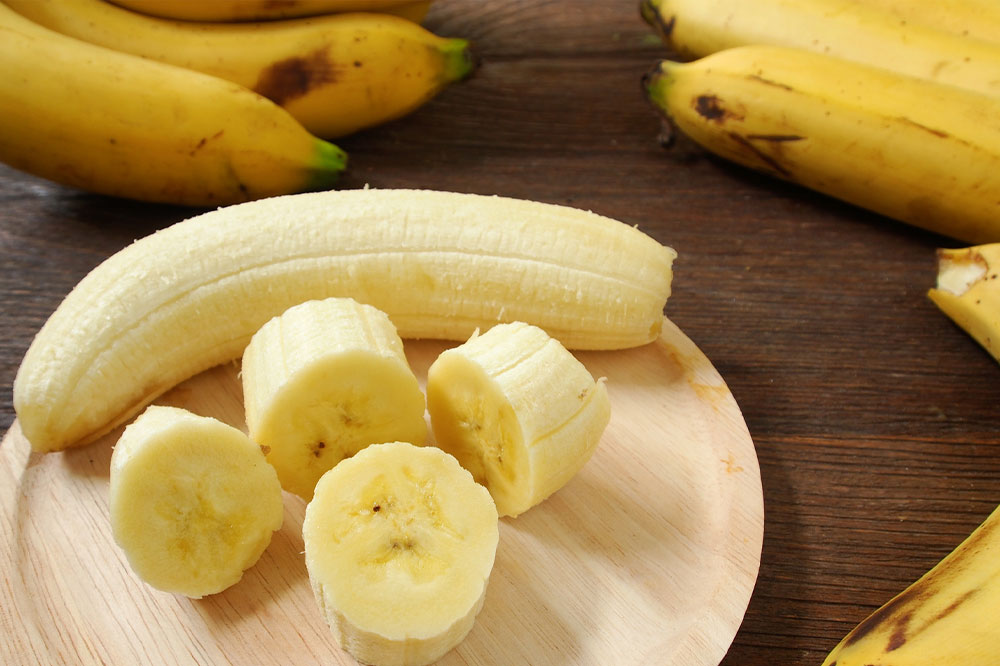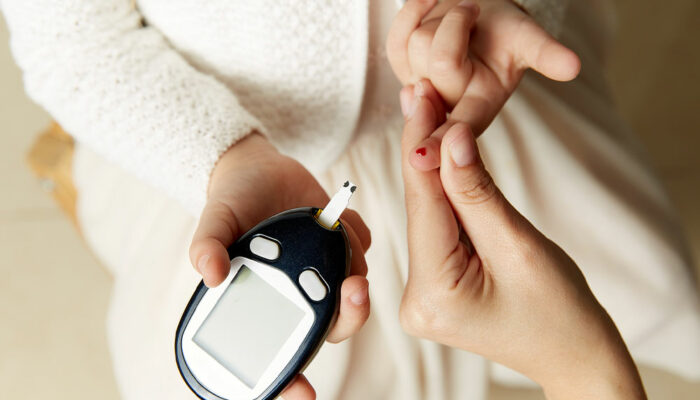12 Healthy Foods That Are Packed With Potassium

Potassium is a key mineral integral to safeguarding one’s general health. This mineral helps maintain normal levels of fluid in one’s cells. Besides that, potassium helps regularize one’s heart rate and aids in nerve functioning. Not eating potassium-rich foods can lead to constipation, fatigue, muscle weakness, tingling or numbing, and even irregular heartbeat. These are reasons to worry, so it helps to be aware of healthy potassium-rich foods to include in one’s meal.
Why do we need potassium?
The body needs potassium for optimal health but cannot produce the nutrient on its own. Potassium is also essential as an electrolyte since it bears an eclectic charge that activates different cells and plays a pivotal role in nerve functioning. Potassium enables the contraction of muscles and helps maintain normal blood pressure.
Potassium is an unsung nutrient, and its deficiency can be problematic. Though excess potassium levels cause diseases like hyperkalemia, its deficiency is also dangerous. Therefore, it is important to consult a health expert about the amount of potassium that suits you. If you are susceptible to kidney conditions, the doctor might ask you to have less of this mineral. However, according to experts, the daily advised potassium intake amount for adult women is 2,320 mg, and for adult men, it is 3,016 mg.
Healthy potassium-rich food items
Potassium is available naturally in many food items and can be taken as a supplement. One can incorporate the potassium-rich foods listed below into one’s daily meal plan to improve general health.
Watermelon
Watermelon is a delicious food that has potassium in abundance. It is also known for its exceptional water content, but this summer fruit also contains protein, fiber, fat, vitamins A and C, magnesium, and potassium. A single wedge (about 286 grams) of watermelon contains 7% of the recommended potassium value. You can slice the melon and chew on it or enjoy it with feta cheese and mint in an easy-to-make salad.
Coconut water
Coconut water should be part of one’s everyday nutritional regime due to the natural electrolytes it possesses. It is a hydrating drink that helps your cells draw in water when needed. One cup (240 ml) of coconut water offers 13% of the daily value for potassium. So if you often perform physical activities or spend time in the sun, this high-potassium drink should be your best friend.
Beetroot
This vegetable has been around for ages as a natural dye and a nutritionally rich food item in the diet. The naturally sweet, colorful beetroot contains 259mg of potassium (½ cup when peeled and boiled). The color pigment in it is an antioxidant that also helps reduce inflammation. The high potassium is complemented by high nitrate content, which improves blood vessel functioning and exercise performance. Beetroots have a protective effect on the heart as well.
Pomegranates
Another pigmented potassium-rich food item is pomegranate. The arils from a single pomegranate have 14% of the daily value of potassium. The redder the seeds, the sweeter they are likely to be. One can keep it in the refrigerator and snack on them.
Swiss chard
Swiss chard or silverbeet is a leafy green vegetable that is very nutritious. A single cup of cooked chard contains 20% of the daily value of potassium, double the amount in a banana. The same cup contains 60% of the DV of vitamin A and 476% of the vitamin K required daily. You can steam this potassium-rich food item, saute it or use it raw as a base for salads.
Potatoes and sweet potatoes
White potatoes are an excellent source of potassium. A single baked potato (300 gm) provides 1,600 mg of potassium. Baked sweet potato contains 1,110 mg of potassium in about 235 gms. Additionally, these vegetables also contain vitamins A, C, and B6, as well as manganese. In both types, potassium is also found on the skin; therefore, it is best to wash them well and cook them unpeeled.
Fish
Fish is an excellent high-protein high-potassium food. Half a fillet of cooked salmon contains 21% of the daily value, and the same serving of tuna has 17% of the daily value of potassium required by a healthy individual. Our scaly friends also provide us with healthy fats and omega-3 fatty acids, which boost overall well-being.
Avocados
Avocado is a nutritious, versatile fruit that contains many health benefits. Abundant in antioxidant and anti-inflammatory compounds, this fruit is also rich in healthy fats, folate, and vitamin K. A single sliced-up avocado contains 690 mg of potassium or 15% of the daily recommended value. You can eat this as guacamole, on toast, with eggs, and with cheese. They are also healthy for the heart and are an excellent alternative to butter, eggs, and oils in baking.
Orange juice
Though well-known for its rich vitamin C content, a single cup of orange juice contains about 500 mg of potassium. Additionally, this drink contains folate, thiamine, vitamin A, and antioxidants. You could also have fruit and vegetable juices like pomegranate, tomato, passion fruit, and carrot, all of which offer high potassium content and are beneficial for overall health.
Beans
Beans are a lush source of complex carbohydrates and plant-based proteins. One cup (180 gms) of white beans contains 21% of the daily value of potassium. Black beans offer 13% of the recommended value. These beans also contain phytates that reduce mineral absorption, so soaking them overnight and leaching the compound into water is important. Both black and white beans are incredibly versatile. Add them to burritos, stews, soups, and salads, or even bake delectable brownies with them.
Dried apricots
Dried apricots are a good source of fiber and vitamins A and E. They have a long shelf life, and a mere 65 gms provide 16% of the daily potassium intake needed. It gives an instant potassium boost. It is perfect for breakfast with muesli or as a healthy snack during the day.
Bananas
Bananas are one of the most commonly known potassium-rich food items. A medium-sized banana packs around 422 mg of potassium. This fruit also provides an instant energy boost, alleviates menstrual cramps, and supports heart health by regulating blood pressure levels.

